第一次見到 Sabina Hyoju Ahn 是在 2017 年在林茨展覽和表演的系列活動 <0FF4N0FF>,主要由 Linz 在地的一家重要畫廊 <MEMPHIS> 和聲音藝術組織 <Tresor> 籌辦,他們定期邀請音響、噪音等相關表演的藝術家來展示他們的作品。 當時 Ahn 的表演是呈現她的聲音裝置 <Sonomatter>,作品構成主要由三罐筒狀的泥和水混合物、結合電子線路和電腦組成,成為製造聲音的元素。 在表演的過程中,使用內窺鏡增加視覺效果,表演給人的感受其實非常平和,視覺和聲音是一個深沉、溫和狀態,但是卻創造強大的氛圍。 這場表演讓我開始關注這位韓國藝術家 Ahn,她是一位對自然材料、人類經驗與自然聯繫起來感興趣的藝術創作者。
Ahn 在美國、歐洲和亞洲的許多會議和藝術節中,都可以看見他的作品,例如 Piksel festival (挪威)、Transmediale Vorspiel (德國)、Mediamatic (荷蘭), Athens Digital Arts Festival (希臘), Mata festival (美國), AMRO (奧地利), Mullae Seoul Art Space (韓國)等等。 在 Ahn 開始她的媒體藝術家生涯之前,在大學就讀媒體理論之後在一家廣告公司工作, 之後她前往倫敦大學金匠學院攻讀電腦藝術碩士學位(Computational Arts at Goldsmiths University)一年,再繼續就讀位在荷蘭海牙的皇家音樂和藝術學院學習藝術與科學( Mmus in ArtScience at Royal Conservatoire & Royal Academy of Art)。

照片2: 作品 <Sonomatter>, 表演者 Sabina Hyoju Ahn, photo by Florian Voggeneder, in <Tresor>, Linz, Austria, 2017。
在她的碩士學位研究中,她學習到聲音和視覺可以從同一個來源生成,像是從數值轉換而來。 雖然 Ahn 以前再大學所學與工作比較是視覺為主的類型,但她對聲音充滿興趣,然而她的作曲方式並不是遵循正統、古典的音樂規則,他的聲音創作裡面上更想要遵循她個人的偏好與興趣在將數據轉化為聲音的方法,透過發展方法將思考聲音成為是一種自我美學的研究。例如,<Breath> 的作品,Ahn 使用電子垃圾機與DIY電路所製成的裝置作品,通過人的呼吸來操作,將舊電子產品象徵性地再次 "復活" 並賦予其新的功能,呈現自然元素(呼吸)與機器連結。

照片3: <Breath> 裝置作品
技術是幫助人類探索世界並轉化為藝術品的工具,此概念可在 Ahn 的作品中看間。在 Ahn 早期創作 <Ecstatic Network> 中,她使用算法創建一個互動式的 Audio-visual,她的目的不是只是用規則來展示美麗的視覺和合成的聲音,而是建立一個小世界,把它作為小型社會和生物系統的網絡,如微生物那樣,構建系統的概念讓我聯想起我看見的表演 <Sonomatter>,再次以不同形式展現。<Sonomatter> 是 Ahn 很有氣的聲音裝置表演,該作品是為建立 Winogradsky Column (微生物科學研究裝置) 而開發的,每個壓克力桶柱都是一個小型的生態系統,裡面充滿了池塘泥土和水,經過太陽或人造光源照射下,直到它含有大量細菌並出現許多顏色。在 <Sonomatter> 中,Winogradsky Column 是一個可以產生電信號的微生物燃料電池 (MFC),通過電腦與電路來轉換電信號,最終成為聲音和光線,是一個將自然能源轉化為藝術品。
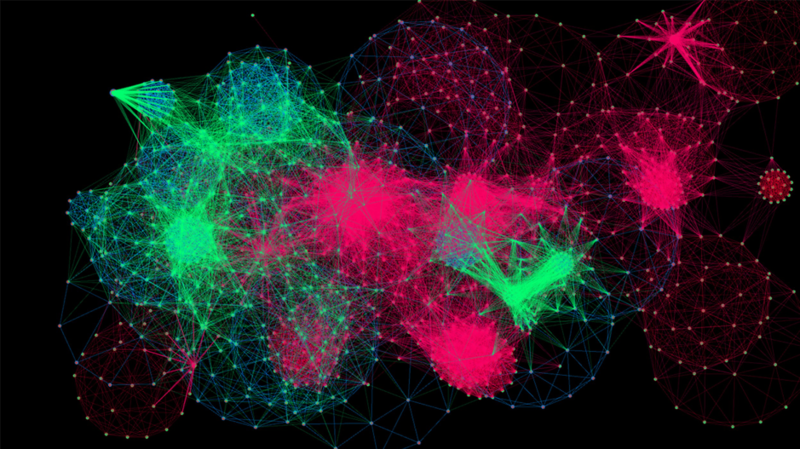
照片4: <Ecstatic Network>
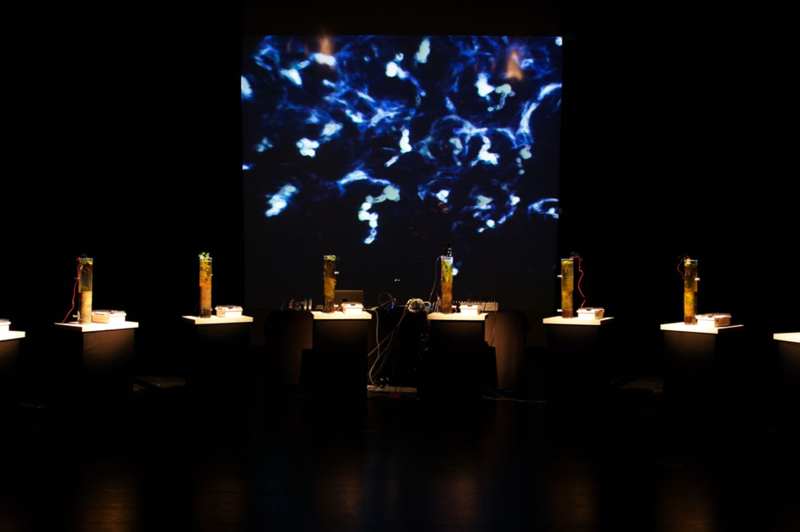
照片5: <Sonomatter>
目前 Sabina Hyoju Ahn 仍持續的創作,最近新的演出諸如<kHz>,<Void>等,期待看見她將推出精彩的表演。您可以在 Ahn 的網站上關注她的行程:www.sabinaahn.com
Natural material and machine - Korean sound artist Sabina Hyoju Ahn
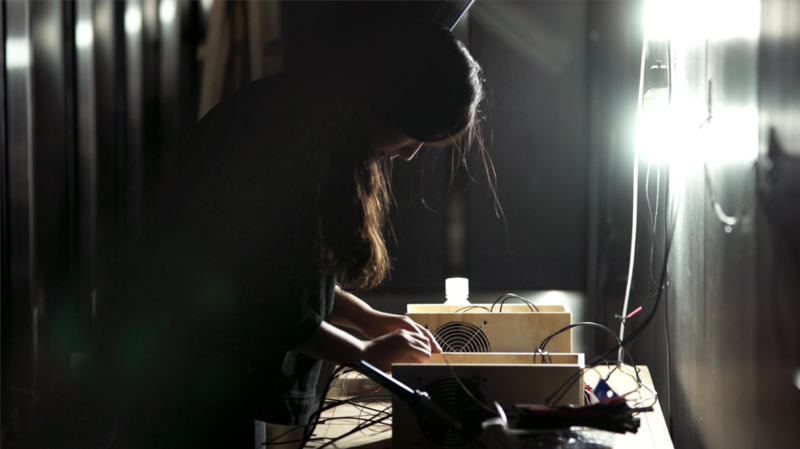
Photo 1:Artist Sabina Hyoju Ahn.
The first time I met Sabina Hyoju Ahn was in 0FF4N0FF 2017, which is an event including exhibition and performance in Linz. It was hosted by one of the important galleries in Linz <MEMPHIS> and a Linz based sound organization <Tresor> which regularly invites sound, noise, and performance artists to present their artworks. Ahn was there performing with her sound installation <Sonomatter>, which is mainly made of three columns of mud and water, electronic circuits, and computer. In the performance, she used an endoscope to create visual and use water, mud, and cables to create sound. Ahn's performance was really peaceful and gentle, but both visual and sound did create a deep and powerful atmosphere. As I notice, Ahn is a media artist who is interested in using technology to link natural materials and expanding the human experience with nature.
Ahn has presented her artworks in numerous of conferences and festivals in America, Europe, and Asia such as Piksel festival (NO), Transmediale Vorspiel (DE), Mediamatic (NL), Athens Digital Arts Festival (GR), Mata festival (US), AMRO (AT), Mullae Seoul Art Space (KR), and many more. Before Ahn began her media artist career, she has studied media theory and worked at an advertising institution. Afterward, she went to London to study a master degree in Computational Arts at Goldsmiths University and later continue studying in Mmus in ArtScience at Royal Conservatoire & Royal Academy of Art, Den Haag, Netherlands.

Photo 2: <Sonomatter>, performer Sabina Hyoju Ahn, photo by Florian Voggeneder, in <Tresor>, Linz, Austria, 2017.
In her master’s degree study, she has learned sound and visual can be generated from the same source and transformed from (numerical) data. Although Ahn’s bachelor and works were more related to visual-centric type, she is always interested in sound. Her way of composition sound does not follow an orthodox and classical music rule. Her intention and purpose for composition mainly follow her personal preferences and methods of transforming data into sound. It is an alternative self-artistic concept to think about sound. For instance, <Breath> is a sound machine by Ahn that built DIY circuits and e-waste. Operated by human breath, the old electronics are symbolically "back to live" again and given new functions. <Breath> presents the connection of natural elements, which are human's breath and machine.
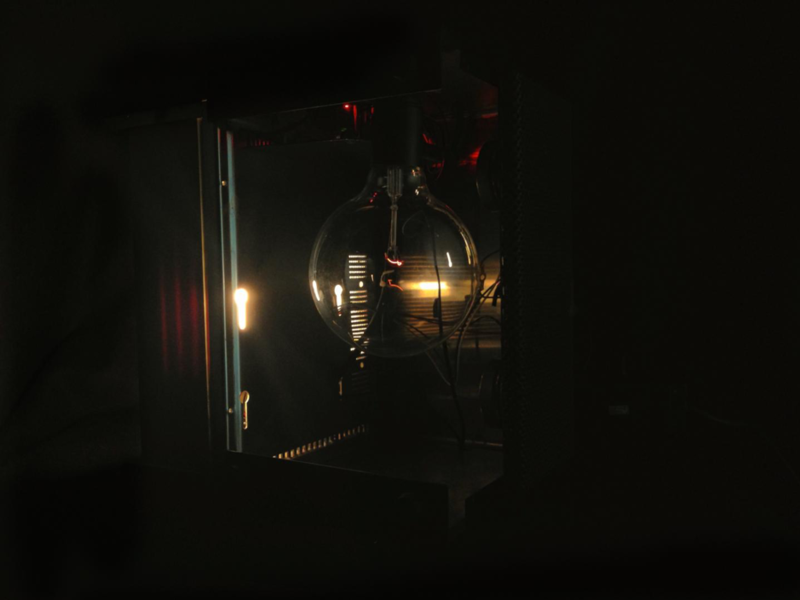
Photo 3: <Breath> installation.
(video: https://vimeo.com/256548218 )
Technology is a tool to help human exploring the world and transferring into artworks. In Ahn's early artwork <Ecstatic Network>, she used algorithms to create an interactive audio-visual. Instead of showing a beautiful visual and composite sound with certain rules, her intention was to build up a small world as a network of social and biological system such as a microorganism. The concept that building a system reminds me of a performance I saw - <Sonomatter>. It is a well-known sound installation performance from Ahn. The artwork was developed of building a Winogradsky Column. Every plastic glass column is a small ecosystem, which is filled with pond mud and water and left under sun or artificial light exposure until it contains a lot of bacteria and appears in many colors. In <Sonomatter>, the Winogradsky Columns are a Microbial Fuel Cell (MFC) which can generate electric signal. Through the circuit to the computer, the electric signal from Winogradsky Column can be transferred into sound and light. It is a new experience of turning natural energy into artworks.

Photo 4: <Ecstatic Network>.

Photo 5: <Sonomatter>
(video: https://vimeo.com/199717824)
Sabina Hyoju Ahn is currently developing new performances such as <kHz>, <Void>, and several amazing performances, which are coming soon in next few months. You can follow her upcoming schedule on her website: www.sabinaahn.com



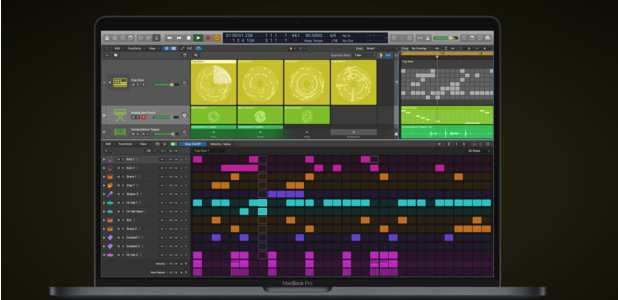

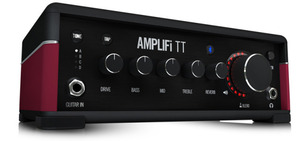
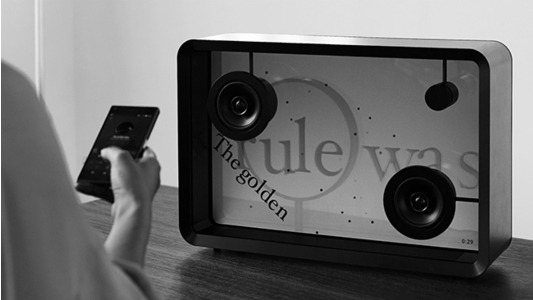

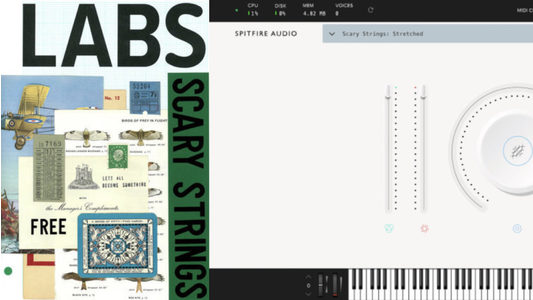

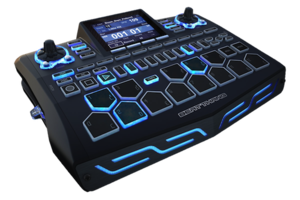
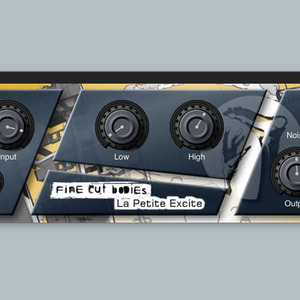

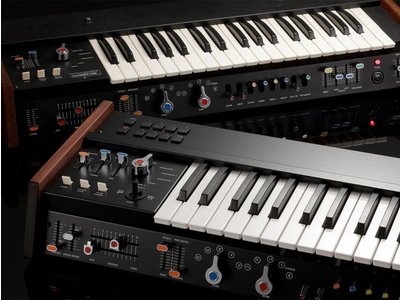

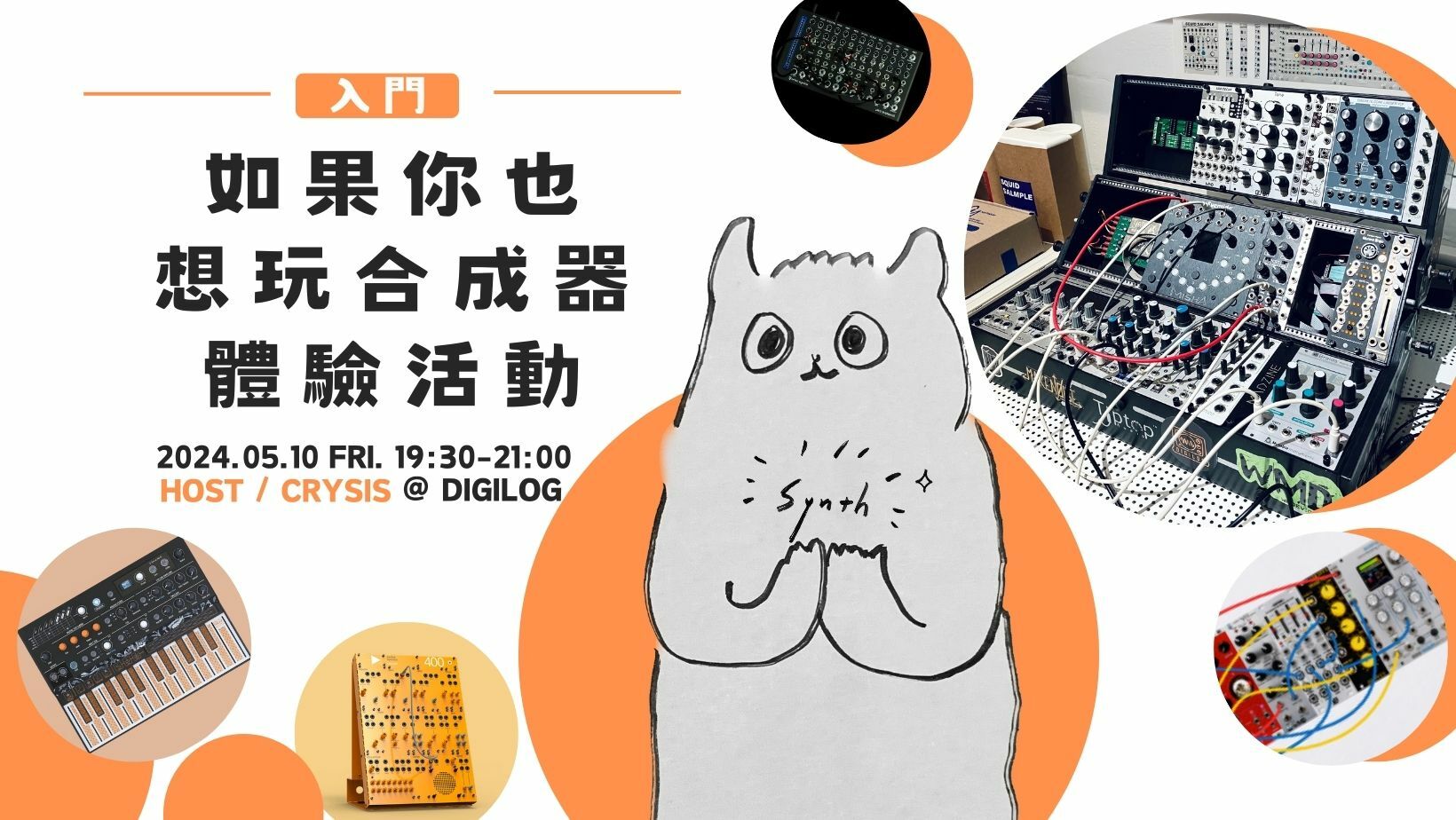

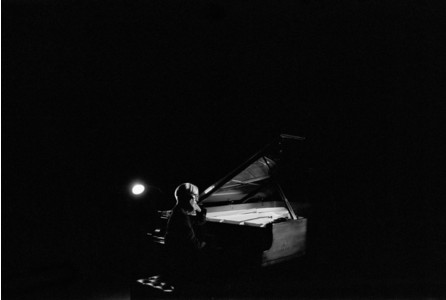

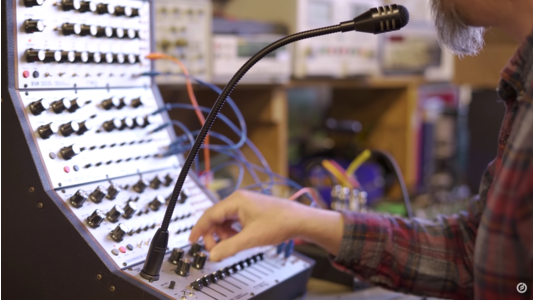

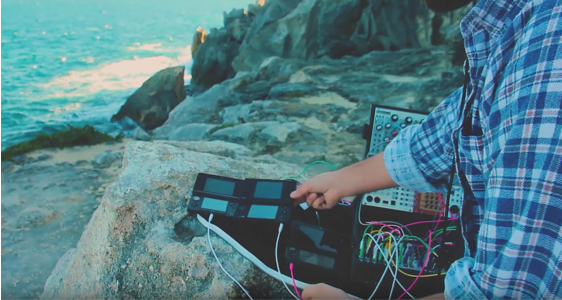
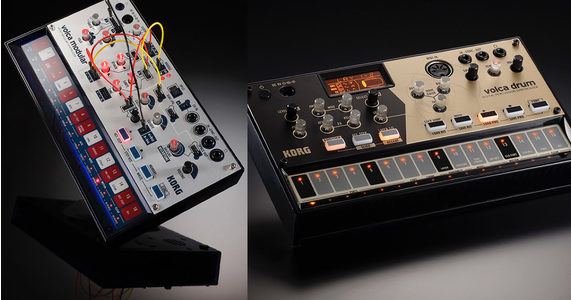
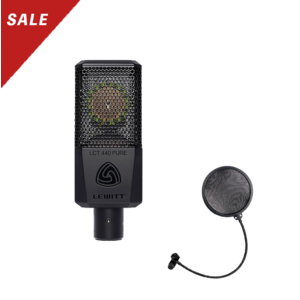
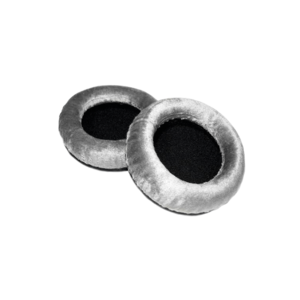


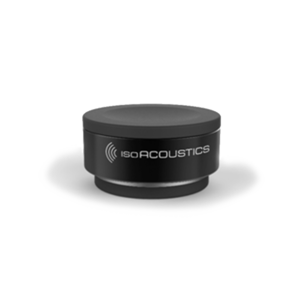
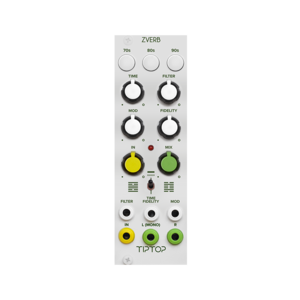
討論區
目前尚無評論